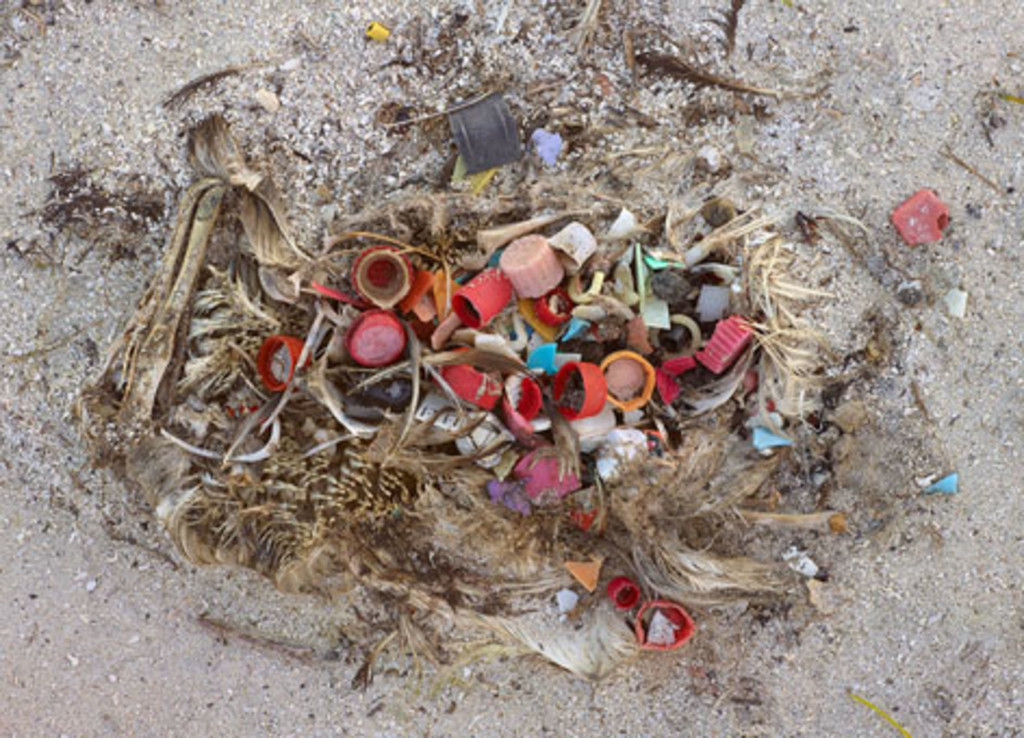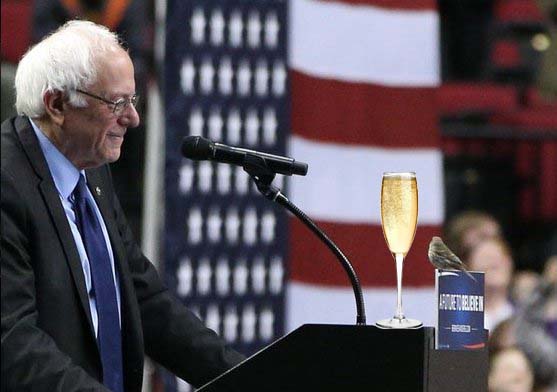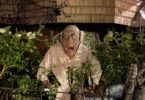Which doesn’t belong in the picture above?
By now, everyone has seen the iconic photo of the bird landing on Bernie Sanders’ podium at a recent rally in Portland. While the reactions to what’s come to be known as the “Birdie Sanders” incident have ranged from “the universe is rooting for Bernie” to “it’s a bird, alright,” depending, I suppose, on the observer’s affiliation in the Democratic primary, the spontaneous and synergistic convergence of natural world with human emotion undoubtedly made for an iconic image.
Personally, I thought it was a genuinely sweet moment. However, as someone who cares deeply about said natural world I couldn’t help but feel disturbed by something in the image that was smaller than Bernie but larger than the bird: the single-use plastic water bottle.
Before I go further, let me just say that this would have been the exact same scene had it been a Hillary Clinton or any other political rally in this country. (Or a State of the Union response, for that matter). Single-use plastic bottles have become so commonplace in our society that they’re just normal props that very few think about twice. Ironically, plastic bottles seem to be about as close to bipartisan as it gets among our bickering elected officials and constituents, outside of San Francisco.
And yet, most people are also simultaneously aware of the multitudinous problems associated with single use plastic containers. At least those of us who identify very broadly as progressive or environmentally concerned know about some of these alarming plastic facts:
-
Plastic never goes away.
Plastic is a durable material made to last forever, yet illogically, 33 percent of it is used once and then thrown away. Plastic cannot biodegrade; it breaks down into smaller and smaller pieces.
-
Plastic piles up in the environment.
Americans discard more than 30 million tons of plastic a year. Only 8 percent of that gets recycled. The rest ends up in landfills, is incinerated, or becomes the invasive species known as ‘litter.’
-
Plastic spoils our groundwater.
There are thousands of landfills in the United States. Buried beneath each one of them, plastic leachate full of toxic chemicals is seeping into groundwater and flowing downstream into lakes and rivers.
-
Plastic poisons our food chain.
Even plankton, the tiniest creatures in our oceans and waterways, are eating microplastics and absorbing their toxins. The substance displaces nutritive algae that creatures up the food chain require.
-
Plastic attracts other pollutants.
Manufacturers’ additives in plastics, like flame retardants, BPAs and PVCs, can leach their own toxins. These oily poisons repel water and stick to petroleum-based objects like plastic debris.
-
Plastic affects human health.
Chemicals leached by plastics are in the blood and tissue of nearly all of us. Exposure to them is linked to cancers, birth defects, impaired immunity, endocrine disruption and other ailments.
-
Plastic threatens wildlife.
Entanglement, ingestion and habitat disruption all result from plastic ending up in the spaces where animals live. In our oceans alone, plastic debris outweighs zooplankton by a ratio of 36-to-1.
-
Plastic costs billions to abate.
Everything suffers: tourism, recreation, business, the health of humans, animals, fish and birds—because of plastic pollution. The financial damage continuously being inflicted is inestimable.
Also, most of us are aware of the Great Pacific Garbage Patch and have seen the heartbreaking photos by Chris Jordan from his “Midway: Message from the Gyre” series of the remains of dead baby albatrosses that reveal the far-reaches of plastic pollution, 2000 miles from any mainland.
 Yes, that really is what happens when birds come in contact with plastics. Photo by Chris Jordan, Creative Commons (CC BY-NC-ND 3.0 US)
Yes, that really is what happens when birds come in contact with plastics. Photo by Chris Jordan, Creative Commons (CC BY-NC-ND 3.0 US)
And yet, somehow it is possible that countless tweets and retweets of an iconic photo from a rally of what’s possibly the most progressive candidate to ever have made it this far into a Presidential race are completely oblivious to the largest object on that podium that embodies so many of the systemic problems the candidate so passionately talks about. Made entirely from fossil fuels? Check. Greedy corporations profiting off a common good? Check. Corporations rigging the system? Check. Environmental calamity? Check.
Again, while a certain ignorance regarding the severe consequences of the proliferation of single-use plastic and bottled water should come as no surprise from the average politician, it did strike me as somewhat ironic that a campaign as attuned to this country’s and the world’s systemic economic and environmental ills as Bernie Sanders’ would be okay with a plastic bottle as the object most prominently displayed and closest to their candidate in his biggest spotlight moments. For me, at least, it creates a dissonance with Bernie’s otherwise admirably principled image.
When the photo first started going viral, I decided to just let it go. I like Bernie, and far be it from me to be a party pooper or a scold, especially during one of his campaign’s most joyful and inspiring moments. I also thought to myself what most people do when they see something that doesn’t quite look right in such a large public setting: This must be just how that venue operates; there’s nothing Bernie or anyone could do about it; that plastic bottle on the podium is just standard operating procedure and you’d literally have to throw it away for it not to be there. But that’s what all the powerful plastic interests want us to think, right?
Then I saw this article about how Jack Johnson has been transforming the entire live music industry by handing each venue a detailed rider — a list of demands that need to be met for him to play the show — before agreeing to play there. Among many other environmental impacts the concert industry has, the top 100 tours in 2015 sold an estimated 60 million plastic water bottles (the equivalent of 48,000 barrels of oil) and Johnson was getting tired of leaving such a huge environmental footprint in his trail.
For the next five years, they used environmentally focused riders to force venues into “greening” up their spaces with reusable beer pints, water refill stations and energy-saving equipment. They traveled on tour buses and used generators that were powered by biodiesel fuel. He insisted on using caterers who use locally sourced, organic foods and encouraged fans to take alternative transportation to the shows by setting up bike valets or promoting mobile carpool apps.
During his most recent tour, Johnson’s entourage was able to offset 2.3 million pounds of CO2 emissions, divert 489 pounds of waste from landfills and prevent 18,392 single-use plastic bottles from being used. And his efforts have been paying dividends, as many of the venues actually like a lot of these changes (most music people really do care about environmental issues) and ended up instituting these new ways for all their other events, sometimes transforming their facilities permanently.
Johnson’s spirited endeavor to nudge a very inert and wasteful mainstream way of doing things into new directions in fact strikes me as the physical manifestation of what Bernie Sanders is talking about when he says that the revolution is up to all of us. Now, I understand that the Bernie show hasn’t been on the circuit long enough to bring about this kind of tangible change, but with the main criticism of his ideas being that they are just pie in the sky fantasies, I think it would set a powerful example if the drinking vessel in front of Bernie at his upcoming rallies were reusable. (And if Hillary beats him to it, that’s the kind of healthy competition I can believe in).
In the spirit of making my politicians do it, I raise my glass to Bubbly Sanders! Wink wink, nudge nudge.

Cheers to birds, Bernie and bubbles in a glass!
Originally posted at Daily Kos







